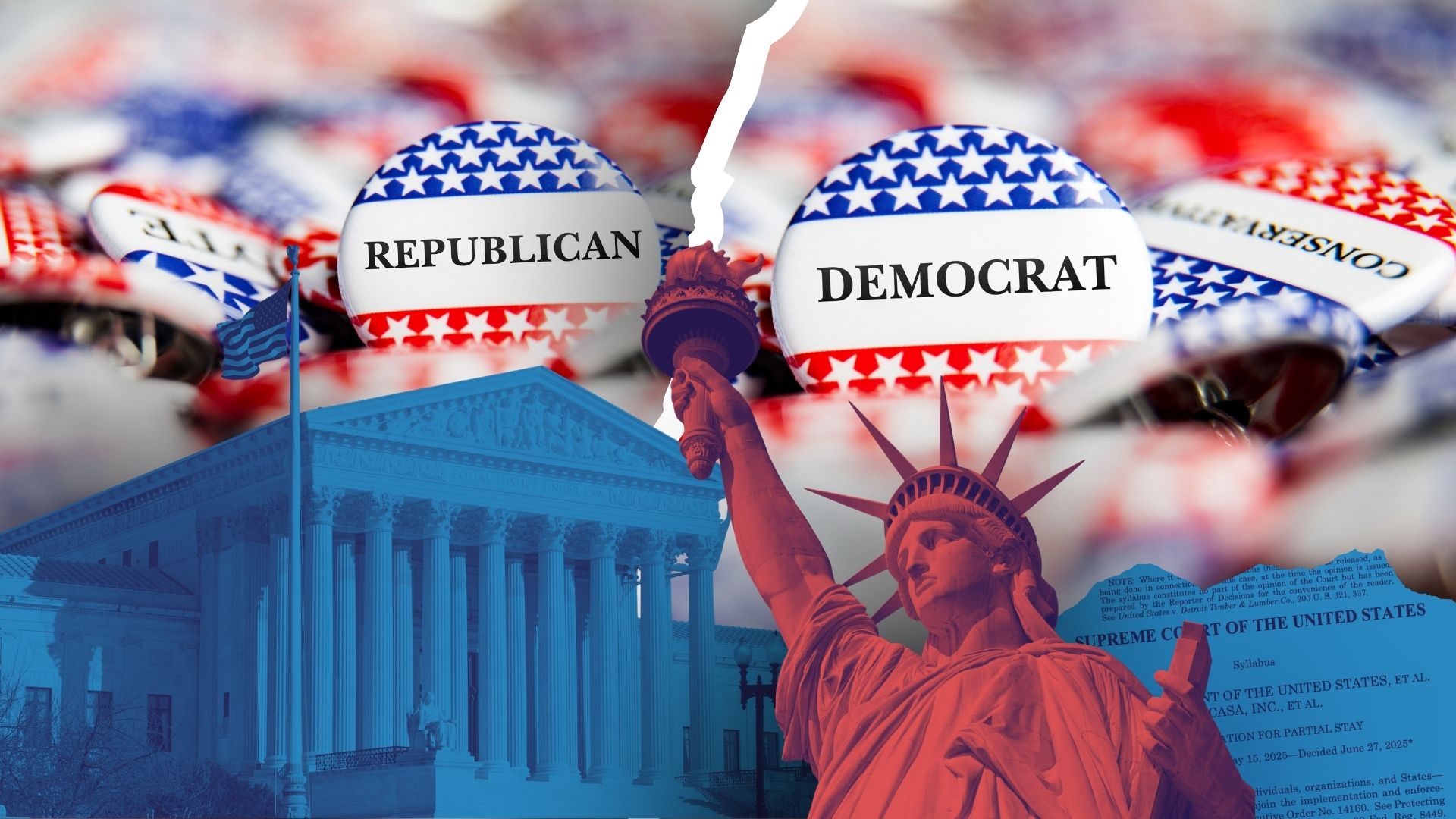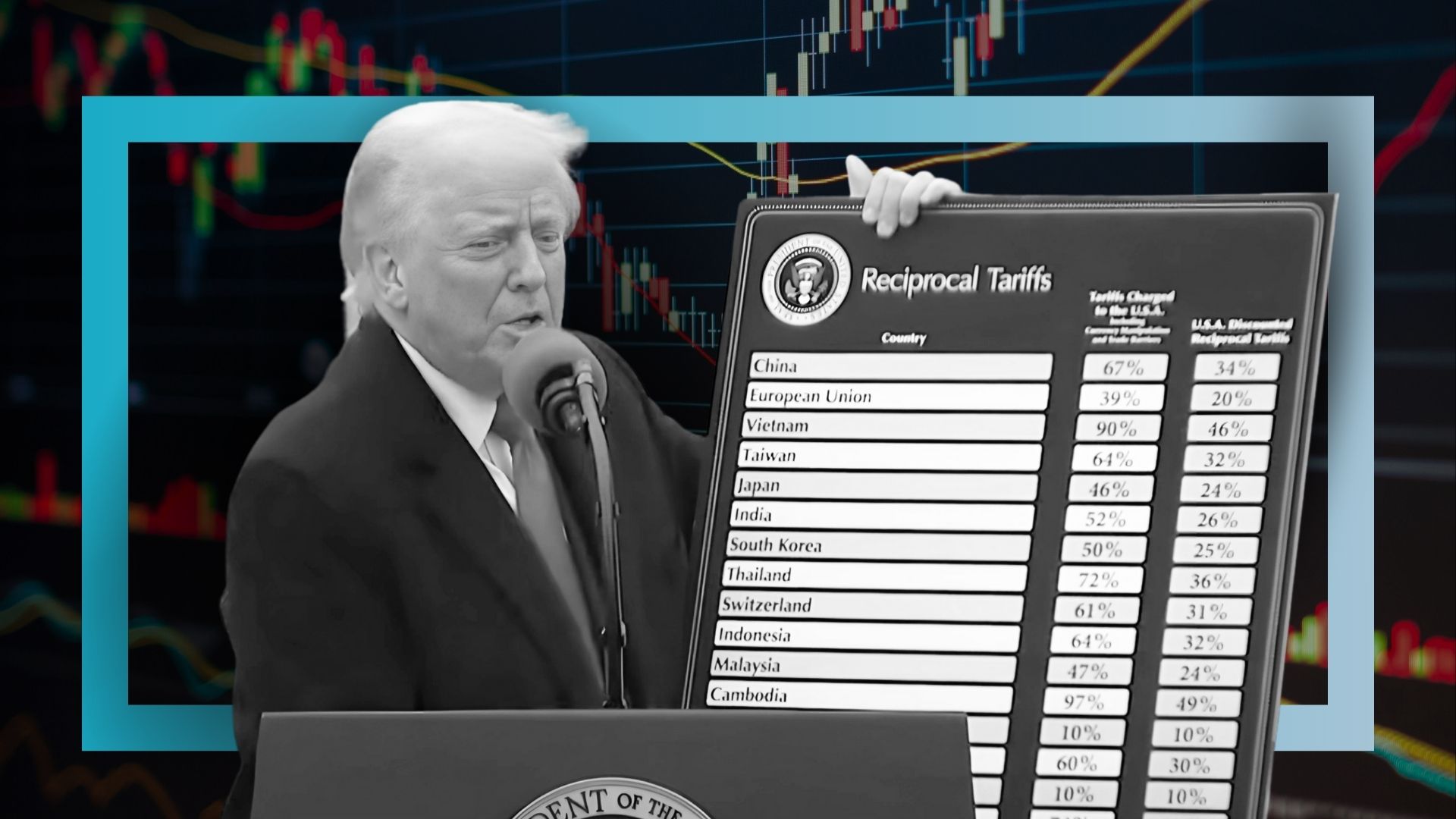
Lately, it feels like conservatives are taking a victory lap amid the Trump administration’s assertion of executive power. The Supreme Court’s recent decision to limit nationwide injunctions—those powerful legal tools that have blocked everything from immigration policies to federal funding rules—has been framed as a major win. And in some ways, it is. The ruling reins in judges who’ve issued sweeping blocks on executive actions, and it affirms a more restrained view of what federal courts can and can’t do.
President Trump celebrated the Supreme Court’s ruling, stating that it would allow his administration to “proceed with these numerous policies and those that have been wrongly enjoined on a nationwide basis.” Specifically, the president indicated that the decision would enable his administration to move forward with policies including: birthright citizenship, ending sanctuary city funding, suspending refugee resettlement, freezing unnecessary funding, stopping federal taxpayers from paying for transgender surgeries, and numerous other priorities of the American people. His remarks conveyed a sense of victory, suggesting that the ruling would remove obstacles to policies that had previously been blocked by nationwide injunctions.
But as I’ve watched this unfold, I can’t help but wonder: What happens when the tables turn?
[RELATED: How to Navigate the Trump Tariffs Without Losing Your Peace]

How Did We Get Here?
For those who haven’t been following the news closely, here’s what happened. A recent Supreme Court decision said federal judges can no longer issue nationwide injunctions that stop a law or policy from being enforced across the entire country.
From now on, courts can only block policies for the people who actually sued. So if you’re not part of the lawsuit, the policy still applies to you, even if it might be unconstitutional. That might sound technical, but it’s a big deal. These types of injunctions were often the only thing stopping sweeping executive orders from taking immediate effect while the courts worked through the legal challenges.
In the short term, this gives the Trump administration the green light to move forward with its executive order ending birthright citizenship, at least in the 28 states that didn’t join lawsuits against it. The legal fight isn’t over, but now it’s harder to hit pause on policies while that fight plays out. People who might be harmed by a rule have to get in line, file lawsuits, and wait their turn in court. And for many, that’s not realistic.
Dissent from the Bench
The justices who dissented didn’t hold back. Justice Sotomayor warned that the ruling strips courts of their ability to stop even blatantly unconstitutional actions before they do damage. Justice Jackson called it a threat to the rule of law, arguing that it creates a kind of legal “no man’s land” where executive power can run wild, especially against people without the time, money, or access to lawyers to fight back quickly.
Now, to be fair, this wasn’t pulled out of thin air. The majority pointed out that nationwide injunctions didn’t even exist for most of U.S. history. And they’re not wrong to suggest that courts should be cautious. But in closing one door, the Court may have opened another—one that lets future presidents test the limits of their power with fewer immediate consequences.
That’s what worries me.
When Power Changes Hands
Right now, folks on the right might be cheering in the face of executive overreach. But we all know power changes hands. And when it does, the same loosened restrictions will be there for the next leader to use. If a future president decides to push through sweeping reforms—on gun control, climate change, digital privacy, whatever the issue may be—there won’t be as many tools to stop them in their tracks.
We’ve seen how executive power expands when left unchecked. In U.S. politics, over time, presidents of both parties have used executive orders, emergency declarations, and regulatory maneuvers to take actions that Congress didn’t explicitly approve, or in some cases, had already rejected.
Here are a few examples of executive overreach that could clarify the point in your op-ed (you don’t need to list all of these, but you could reference one briefly):
- Post-9/11 surveillance programs expanded under George W. Bush through executive authority, with limited oversight.
- President Obama’s Deferred Action for Childhood Arrivals (DACA) program was implemented through executive action after Congress failed to pass immigration reform.
- President Trump’s travel ban and emergency declaration to fund the border wall sidestepped typical legislative channels.
- President Biden’s student loan forgiveness plan, which relied on emergency powers and was later struck down by the Supreme Court.
Legal and Moral Frameworks
And this ruling, while legally sound in parts, removes one of the only quick ways to hit pause. Sure, plaintiffs can still file class-action suits. But those take time. And in the meantime, policies can be enforced—even if they’re later ruled unconstitutional.
This isn’t about which party wins. It’s about what kind of legal and moral framework we’re leaving behind. We need to ask ourselves: Are we designing a system that holds all leaders accountable, or just building one that works as long as our side is in charge?
Because if a president, any president, can enforce sweeping changes with little resistance—until someone finally gets their day in court—we might not be protecting the Constitution as much as we think. We might just be enabling executive overreach.
And when the other side starts playing the same game?
We’ll all be living with the rules we helped create.







